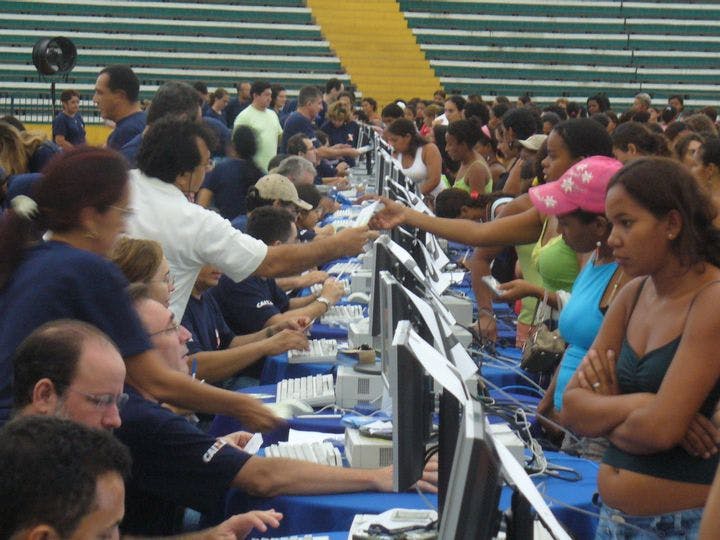Spring 2009
Brazil's Bold Experiment
– The Wilson Quarterly
The Bolsa Família program is helping impoverished Brazilians improve their lives.
Aside from microcredit—the system of small loans that won its creator the Nobel Peace Prize in 2006—few social initiatives have been embraced as enthusiastically as Brazil’s Bolsa Família (family grant) program. The payments of up to $104 a month go directly to Brazil’s neediest, who earn less than $73 monthly. The program covers 44 million people, or nearly one in four Brazilians.
The grants, which began as state-level initiatives in the 1990s and were expanded under President Fernando Henrique Cardoso, have helped to reduce poverty and inequality in South America’s largest country. They are made directly to mothers who agree to send their children to school, get them vaccinated, take them to health clinics, pay attention to proper nutrition, and take advantage of vocational training courses. Studies have shown that recipient families bought more food, educational materials, and children’s clothing than previously, and that school attendance among beneficiaries rose by 3.6 percent. Bolsa Família participants were more likely to be employed than other impoverished Brazilians, and their children were less likely to drop out of school.
Brazil's poor have enthusiastically embraced the Bolsa Família family assistance program.
So what could be wrong with a program that produces better health, education, and welfare for the abject poor? Hall says there is evidence that the grants have been used in some areas to buy votes. Some economists believe that increases in the minimum wage do a better job of reducing poverty. Others think that the $545 million transferred every month to the mothers in poor families might be more usefully invested by the government in measures to improve health and education and to prepare people for better jobs. Federal spending on basic sanitation and housing fell in real terms by 46 percent between 2002 and 2004.
The Bolsa Família program also may draw families away from “formal” work—which might render them ineligible for the grants—toward the informal sector of the economy, where income is less regular but easier to hide. That sector has grown dramatically in recent years, and was expanding before the family grants were widespread. In São Paulo, the nation’s largest city, the informal sector doubled in size to 51 percent of the local economy between 1991 and 2004. In 1995, regular paychecks produced about 90 percent of household income in Brazil, but by 2004 the figure had fallen to 48 percent.
Even so, both the public and the politicians have ignored the academic grumbling about the overwhelmingly popular family grants. The program is likely to grow, Hall predicts. Researchers say that 60 percent of the eligible population has yet to be touched by the Bolsa Família.
* * *
THE SOURCE: “Brazil’s Bolsa Família: A Double-Edged Sword?” by Anthony Hall, in Development and Change, Sept. 2008.
Photo courtesy of Flickr/glaubercavalcante
